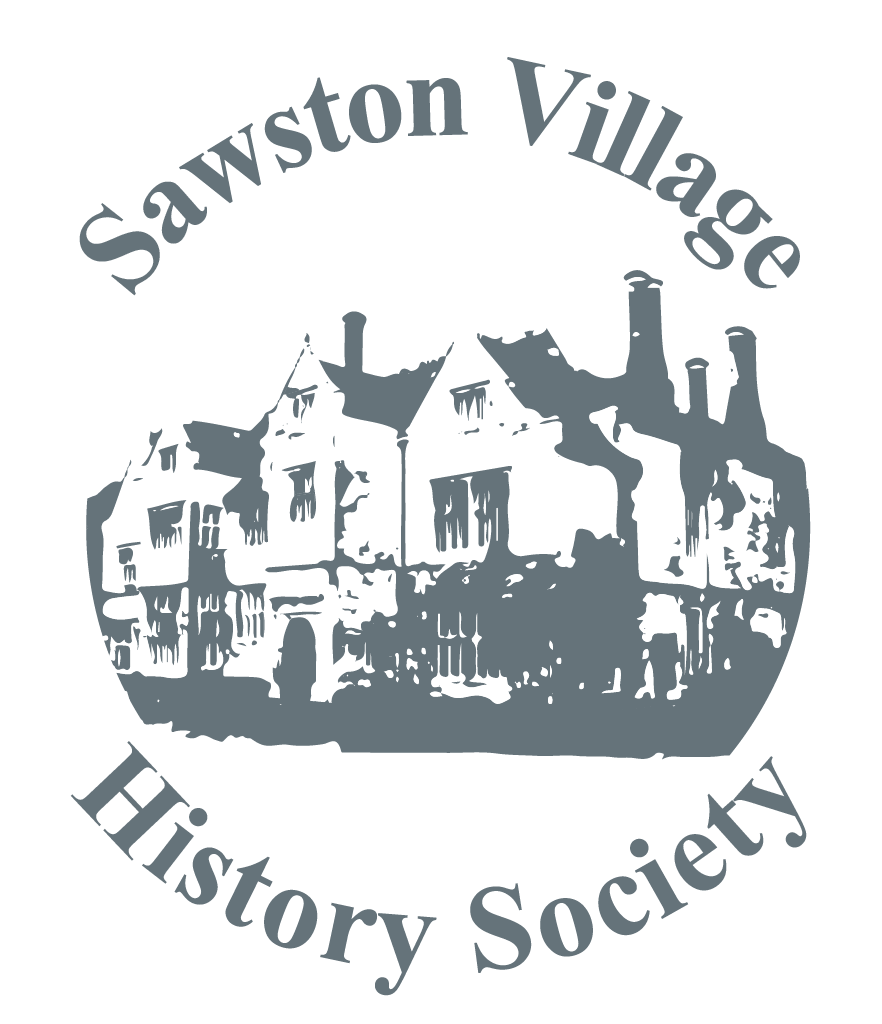
The January meeting of the Sawston Village History Society was gratifyingly
well attended, but the speaker was Dr Christopher Taylor who has a nation-wide
reputation in the field of landscape archaeology and for his study of English
villages.
He started his fascinating presentation by showing a picture of Finchingfield
in N Essex, which as often been described as the archetypal English Village.
While this had a Saxon name and had a green and a church, it did not have
that shape since time immemorial. He thus very quickly exploded the misconception
that villages which were founded in the Saxon migration era of 5th - 8th
century AD had remained the same ever since, apart from the addition of
modern plumbing and services.
However, villages which have had excavations carried out, such as at Hinxton
on the site of the Genome Campus reveal individual small homesteads or farms
widely separated from the nearest neighbour. The present day Hinxton was
developed as a planned settlement quite early in the Norman era. It was
from these and similar excavations that revealed that villages were only
formed much later, often by the coalescing of the individual farms or relocation
around a church or manor house in the medieval era.
Often these resulted in the formation of two smaller villages, both with
their own church, a good local example being Duxford with the St Peters
church now "redundant" Elisley is remarkable for having one of the largest
village greens which was actually the boundary between 2 earlier villages.
Rather unkindly, but perhaps with tongue in cheek Chris referred to Stapleford
as " a mess of a village" with a windy road leading to the church. This
was because in the medieval time much of the area was boggy and badly drained
with a few settlements scattered along the edges.
Pampisford also started as a few settlements around a boggy area, some remnants
can be seen in the moats between College Farm and the A505, and Thriplow
still has a boggy area in its geographical centre. Whittlesford, Chris's
home for many years was originally centred around the church at the eastern
end of the village, but extended westwards along West End where there was
a market, traces of which can still be discerned where the road widens at
a bend, but a later population decline rendered it non viable.
In contrast, many villages in the NE are quite different and show signs
of being deliberately planned, many created during the late 18th - early
19th at the start of the industrial revolution. There is good evidence that
many country folk from E Anglia relocated to the northern industrialised
towns during this time to get work.
Many thriving medieval villages unaccountably vanished during the 14 - 15th
century, and not necessarily due to the Black Death. In others, such
as Landbeach many villagers were evicted from their farmsteads and houses
by the wealthy land owners to make way for sheep rearing which became very
profitable in the middle ages. A similar eviction occurred at Wimpole when
the villagers were forced to vacate their houses as a result of the Wimple
emparkment.